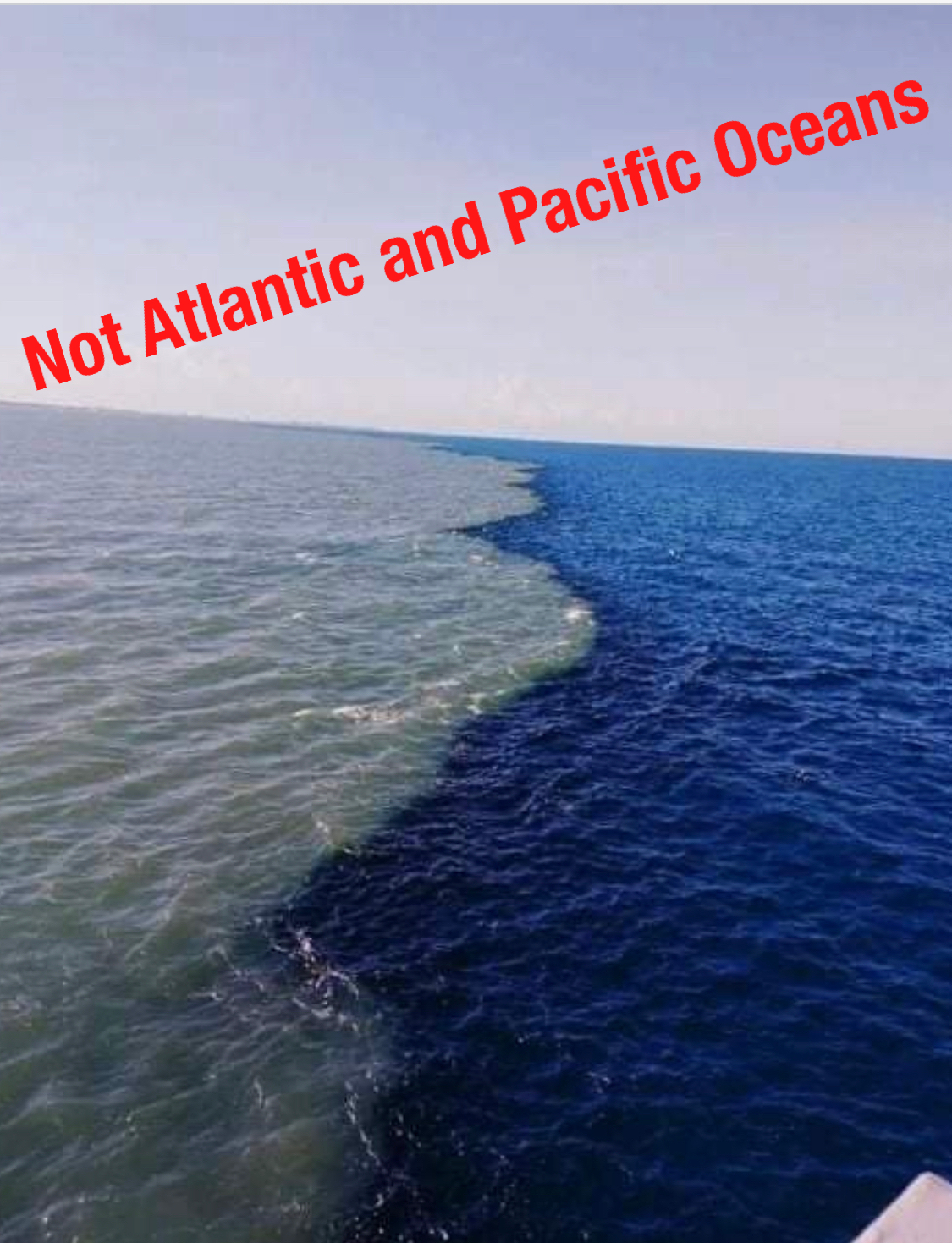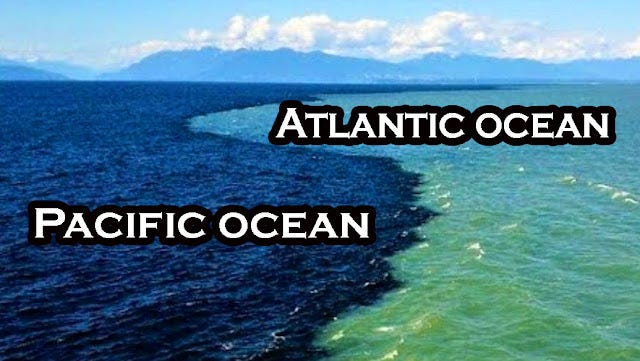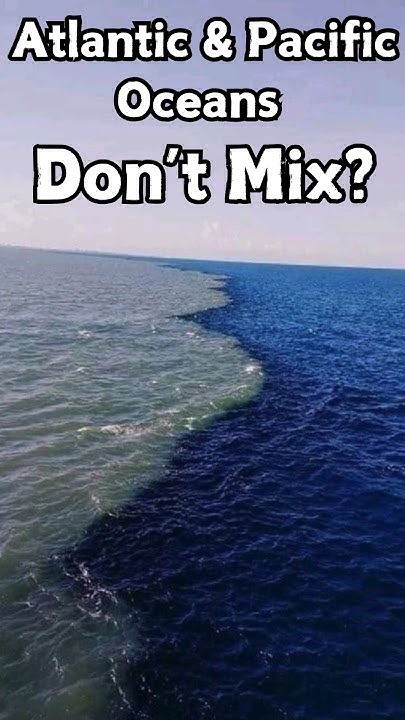Why Does The Atlantic And Pacific Never Mix

Have you ever stared out at the ocean and wondered why, despite their grand size and proximity, the Atlantic and Pacific Oceans don't just... mix together like a giant oceanic smoothie? It's a question that's likely crossed the minds of beachgoers and armchair explorers alike.
Well, the answer, while steeped in science, is actually quite straightforward. It's not a matter of some invisible oceanic wall or a secret treaty signed by seafaring nations. Nature is a complicated, beautiful, and powerful force, and these bodies of water are a prime example of its power!
It's All About Density, Baby!
Think of it like this: have you ever tried mixing oil and water? They stubbornly refuse to blend, forming distinct layers instead. The oceans, in their own way, are a bit like that, thanks to differences in density.
Ocean density is affected by several factors. Primarily temperature and salinity (salt content).
Temperature Differences: A Chilling Tale
The Atlantic, especially in its northern reaches, tends to be colder than the Pacific. Colder water is denser, meaning its molecules are packed more tightly together. Imagine trying to squeeze into a crowded elevator versus a spacious one. Colder water prefers to stay in its "crowded elevator," resisting easy mixing.
Salinity: A Salty Situation
The Atlantic is generally saltier than the Pacific. This is due to a variety of factors, including higher evaporation rates and freshwater inflow from rivers and melting ice in the Pacific. More salt equals greater density.
Think of adding sugar to your tea. The more sugar you add, the denser (and sweeter!) the tea becomes. The saltier Atlantic, being denser, doesn't readily mingle with the less salty Pacific.
Current Affairs: Oceanic Highways
Ocean currents also play a crucial role. These are like massive underwater rivers, constantly circulating water around the globe.
Powerful currents like the Gulf Stream in the Atlantic influence temperature and salinity distribution. They act like oceanic highways, keeping water masses somewhat separate.
The Panama Canal: An Exception That Proves the Rule
You might be thinking, "But wait! What about the Panama Canal? Doesn't that connect the two oceans?" That's a great point!
The Panama Canal is a marvel of engineering, but it doesn't allow for large-scale mixing of the oceans. It operates using a system of locks, which lift ships above sea level. Ships are transported from one body of water to another with very little mixing of the water itself.
Think of it like using an ice cube tray to move water from one container to another. You're technically transferring water, but you're not really mixing the large bodies of water together.
A Gradient, Not a Wall
It's important to note that there isn't a stark, visible "wall" separating the Atlantic and Pacific. Instead, there's a more gradual transition zone.
This transition is known as a halocline and thermocline. There is a change in salinity and temperature as you move from one ocean to the other. It’s more of a subtle shift than a dramatic division.
So, the next time you're at the beach, remember that the oceans are complex and dynamic systems. They are constantly interacting but also maintaining their unique identities. It's nature's way of keeping things interesting and a testament to the powerful forces at play on our planet!
The ocean stirs the heart, inspires the imagination and brings eternal joy to the soul. - Robert Wyland


















